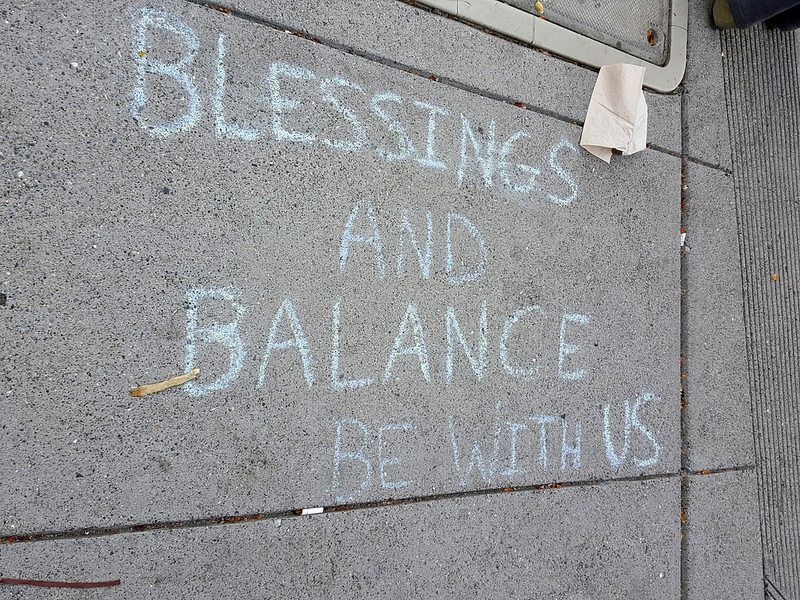|
Let's give anxiety some consideration today. You've likely experienced it over and over. You may have heard about certain types of anxiety like phobias and panic attacks, or diagnoses like Generalized Anxiety Disorder or Panic Disorder. There are lots of levels and experiences of anxiety, and sometimes even different definitions of anxiety from person to person. Anxiety is essentially worrying, feeling afraid, overthinking, and sometime panicking. The common thread is that anxiety exists and is real for all of us, because it stems from an innate human emotion...Fear. The DSM 5 (the manual we look at to classify symptoms and diagnose) draws a distinction between fear and anxiety like this:
The autonomic nervous system, referenced above, pays a particularly important role in anxiety, and has two distinct parts. It revs us up (courtesy of the sympathetic system), then stabilizes us (thanks to the parasympathetic system), when there is a perceived threat in our environment. Imagine a bear chasing you...your heart rate increases, breathing rate increases, blood flows to limbs, pupils dilate, digestion slows, muscles tense. Sometimes tunnel vision and hearing loss occur, as well as relaxation of the bladder and colon. This very physical response to danger has a purpose. Muscles tense to ready themselves for action, blood flows to limbs to enable us to move quickly away from danger. Then, the nervous system slows and reverses this response once danger has passed, initiating relaxation. Our breathing and heart rate slow down, our muscles relax, our body comes back to homeostasis. Both humans and animals alike experience this stress response cycle. Animals and humans differ, however, in the ability to reason, classify, predict, and analyze. We humans can thank our bigger brains and cerebral cortex for that. An animal might encounter that same bear, have a fight or flight response, be able to escape from danger, then quickly stabilize and move on. The cerebral nature of our human brains don't allow us to move on in the same way. We would likely have persistent fear or worry after an episode like that. We may feel afraid of bears, the place it happened, what we did right before it happened, that we may not protect ourselves from it happening again, or that it will happen to someone else. You can see how the human mind's ability to analyze gets us in a pickle here. We can get stuck with our fear in the "on" position, even in response to more innocuous stimuli like work or school demands, relationships, financial issues, health concerns, parenting, and other aspects of daily life. Our reasoning and predicting minds create future scenarios to worry about, and sometimes with good reason. If you lost a job in the past because you were late, you may be well served to worry about being late in the future. So in this way, anxiety is a helpful and useful tool that reminds us to pay attention to something specific like not being late to work. However, as we know, anxiety can become problematic when it immobilizes us in everyday life, keeps us from making decisions, disengages us in things we'd like to do, or impedes relationships. Here's how I describe the anxiety continuum. Remember, fear and anxiety are related to paying attention to our environments and paying attention is a good thing. It may be helpful to outline the different types of anxiety disorders listed in the DSM 5.
In counseling, there are many approaches to working with anxiety. I've found three approaches most helpful:
For more information on how we incorporate these approaches into therapy, please contact us! We are happy to help you learn more about how counseling can work to manage fear and anxiety. Comments are closed.
|
AuthorKambria Kennedy-Dominguez, LPC-S |
Phone: 972.755.9120 | Fax: 214.723.5345
533 W. 12th Street Dallas, TX 75208
Privacy Policy Good Faith Estimate
©Flourish Counseling and Consultation PLLC 2024
533 W. 12th Street Dallas, TX 75208
Privacy Policy Good Faith Estimate
©Flourish Counseling and Consultation PLLC 2024




 RSS Feed
RSS Feed
